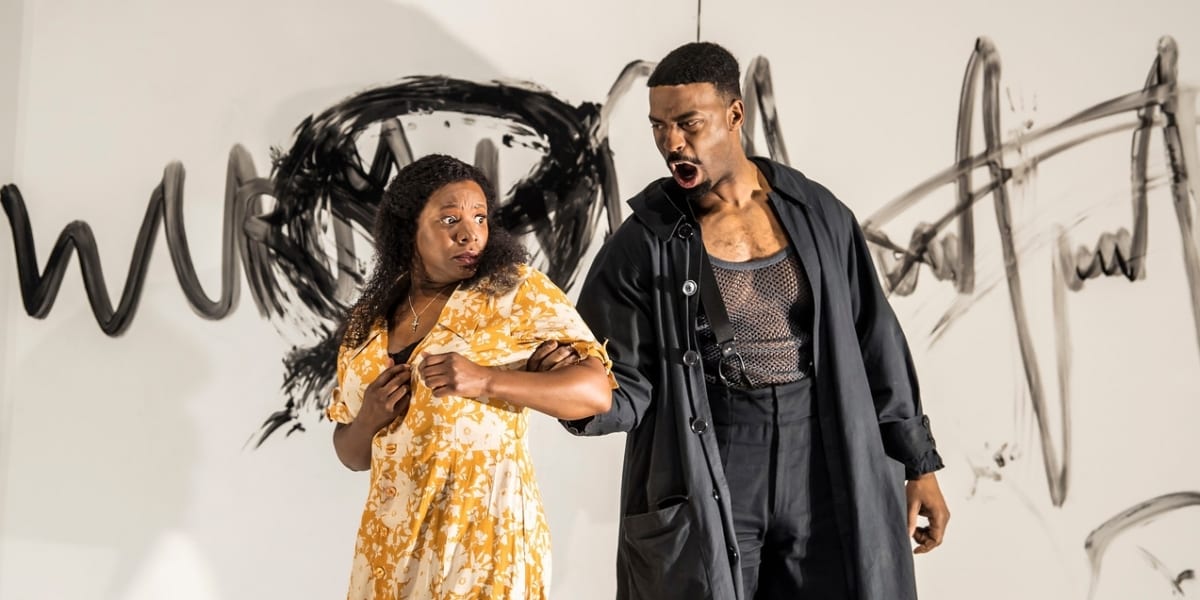‘Luisa Miller’ is rarely performed but is still an opera of great interest, both in itself and for where it stands in Verdi’s output. Written for Naples in 1849, it stands on the threshold of the composer’s ‘middle period’, which yielded ‘Rigoletto’, ‘Traviata’, and ‘Trovatore’. While still indebted to Donizetti, Bellini and Rossini, there are fascinating anticipations of what is to come in both musical language and thematic treatment. The orchestral palette is broadening, the arias and duets are becoming more technically elaborate and emotionally complex. We already see the composer’s interest in father-daughter relationships, authority figures facing a clash between political prudence and personal loyalty, and heroines placed in positions of impossible tragic choice.
However, just in its own right and irrespective of the context this is a piece worthy of more than an occasional outing. There is – by operatic standards – a simple and gripping narrative, a well-developed core of characters, and clearly delineated issues of class and youth versus age that any audience can identify with. It has memorable tunes and a real forward momentum through solo and crowd scenes that invite dramatic realisation.
It is, therefore a matter of regret that this production can only register muted approval. On the musical side it is uniformly excellent, but the production, regrettably, detracts from the overall effect as much as it adds to it, by both missing opportunities and introducing much that is fussy and distracting.
Both aspects are on view at the start when the orchestra, operating under the subtle and elegant conducting of Alexander Joel, delivered a stylish performance of the overture, but to a blank white wall forestage, punctuated only by two children unwrapping marker pens which they use to write on the wall. This sets the theme for the evening, where time and again Verdi provides memorable materials which were either ignored or over-accentuated in ways that added little.
Elizabeth Llewellyn is a fine, natural singer and an excellent actor. In the title role, she shows the heroine’s journey from young love through to compromised despair with admirable emotional clarity and technical poise. She is well matched by the up-and-coming tenor David Kim, as Rodolfo, who brings an effortless tenor bloom to his series of taxing arias, including a protracted death scene that Verdi surely would have abbreviated later in his career.
Around this pair gravitate a series of characters of flawed moral stature, all memorably incarnated here. As Luisa’s father, baritone Olafur Sigurdarson grows through the role from two-dimensional patriarch through to a better understanding of his own faults and his daughter’s worth. The two villains, who engineer much of the plotline, are splendidly sung and acted by basses James Creswell and Soloman Howard – they are compelling in all they do. Completing the main roles is Christine Rice, who is underused in the feisty secondary mezzo role of Duchess Federica, an older woman with designs on Rodolfo. Unfortunately, there is little hint in the production of the class contrasts and jealousies that motivate their malice, thus leaving their collective energy and flair somewhat unfocused.
The basic problem with the production is that it offers specificity without relevance. For much of the action the large and thrilling chorus is dressed in clownish costume evocative of the Mexican ‘Day of the Dead’. Hence also the elaborate patterns of black graffiti scrawled throughout the evening on the white walls of the simple box set. What this is supposed to add to the drama is unclear. Likewise, the two children who accompany the leads suggest a world of childhood sweethearts that is not, in fact, part of the plot. There are also four elegantly sinister dancers who constantly insinuate themselves around and within the action as projections of evil who are in dramatic terms superfluous. Given there is plenty enough evil emoting from the characters on stage for it to be repeated and duplicated in choreography and acrobatics.
What the Orange Tree Theatre does so well in giving another chance to overlooked theatre, should also be a key aspect of the rationale for ENO. As commissions made in the Kramer era begin to fade away, one hopes that there will be more revivals of operas such as this that have only a tenuous position in the repertory, but in productions that allow them to blossom to their full potential.

